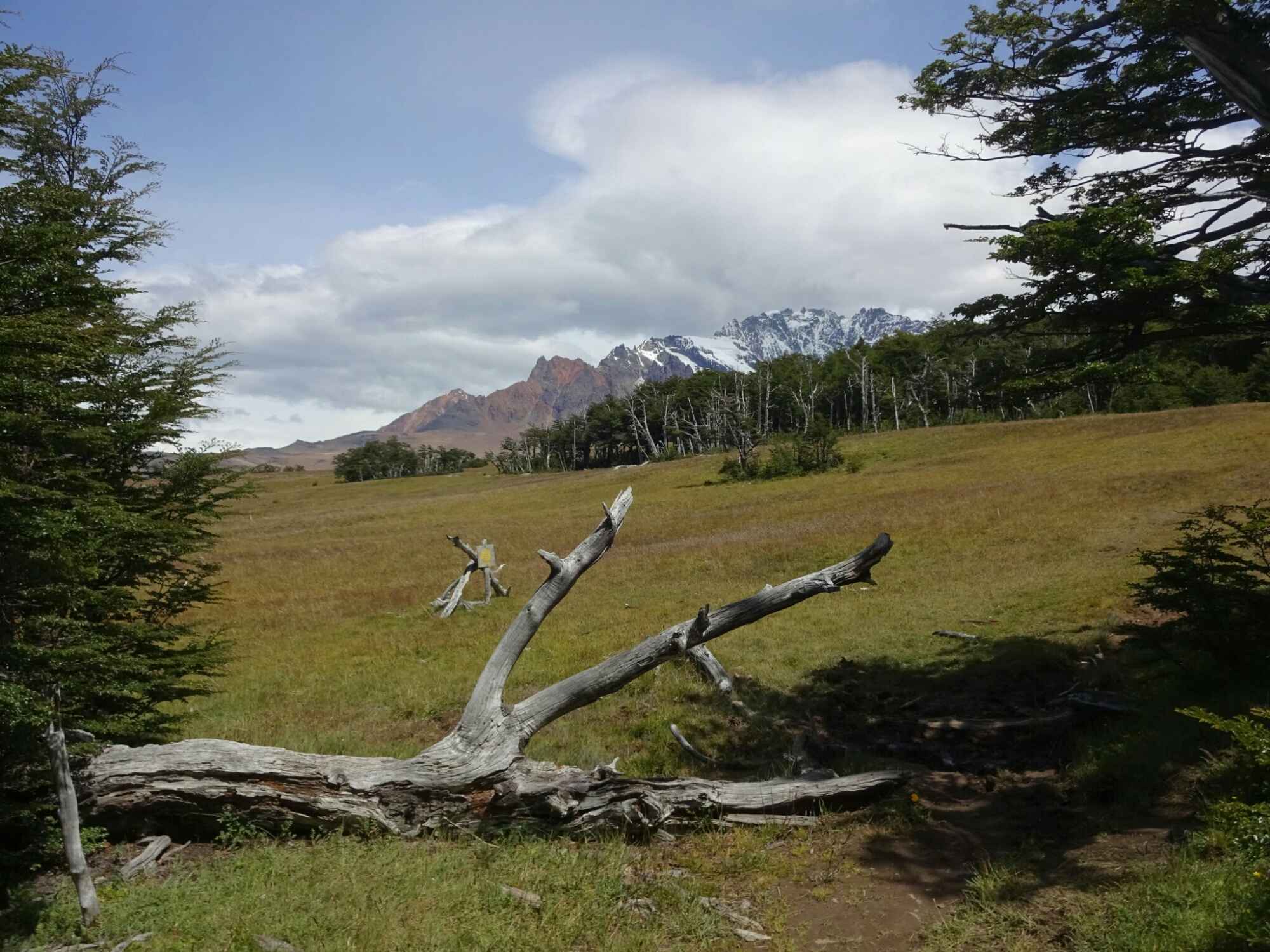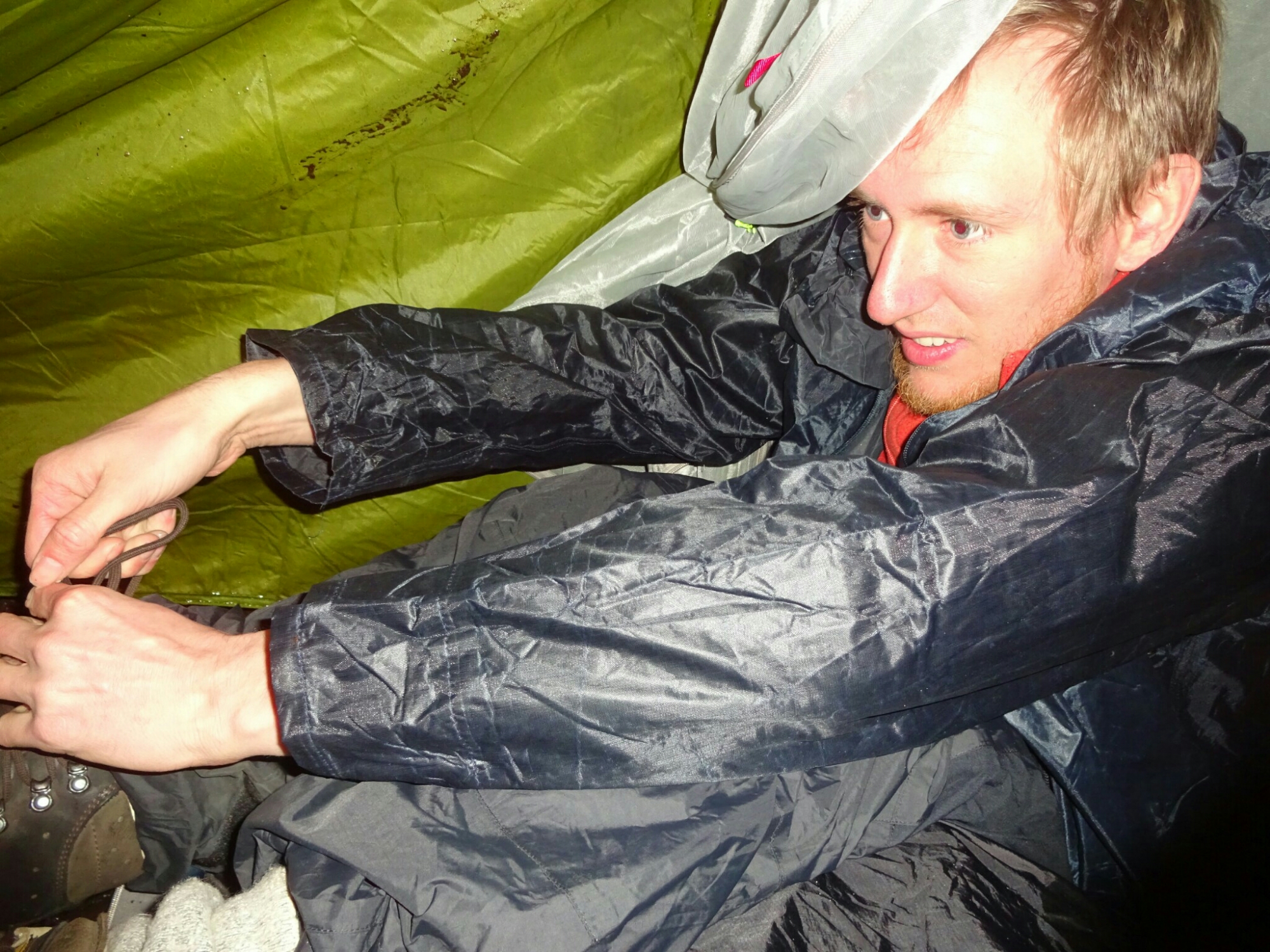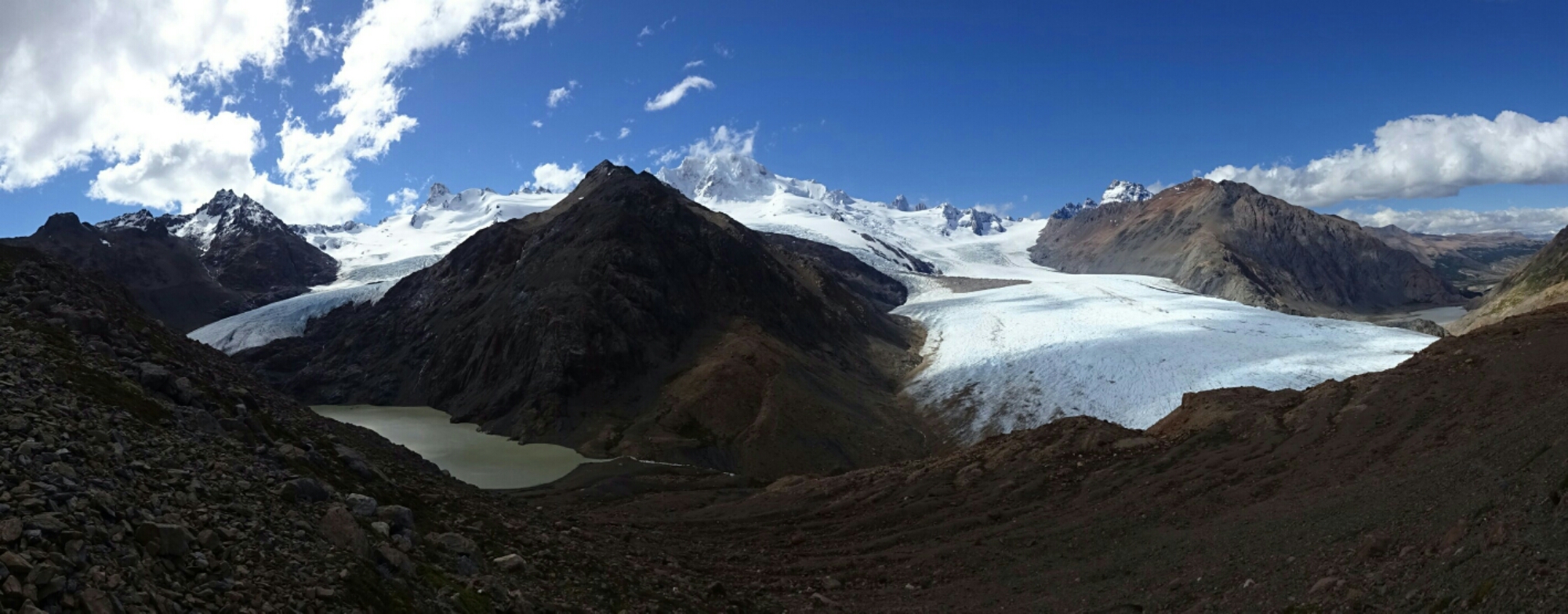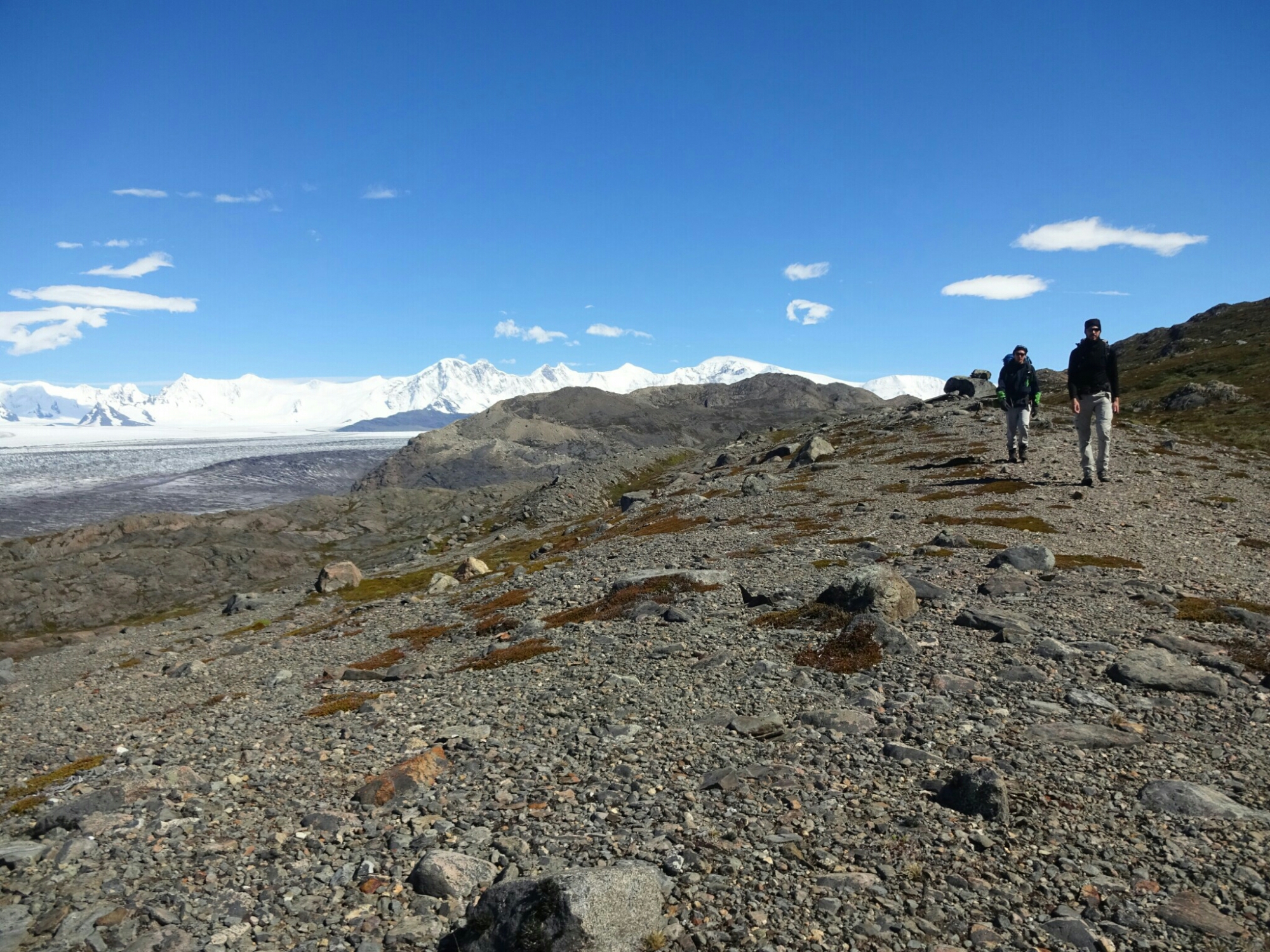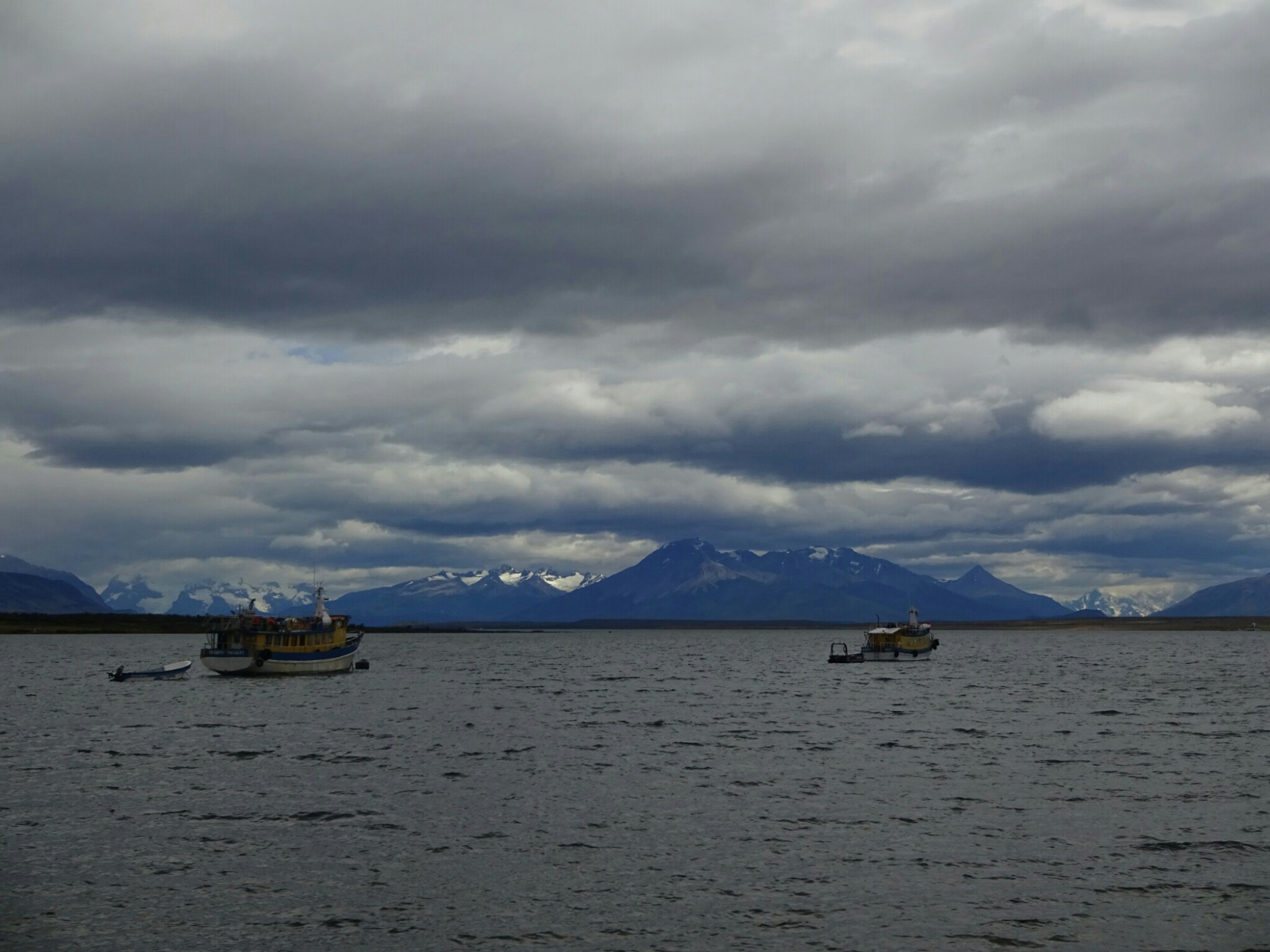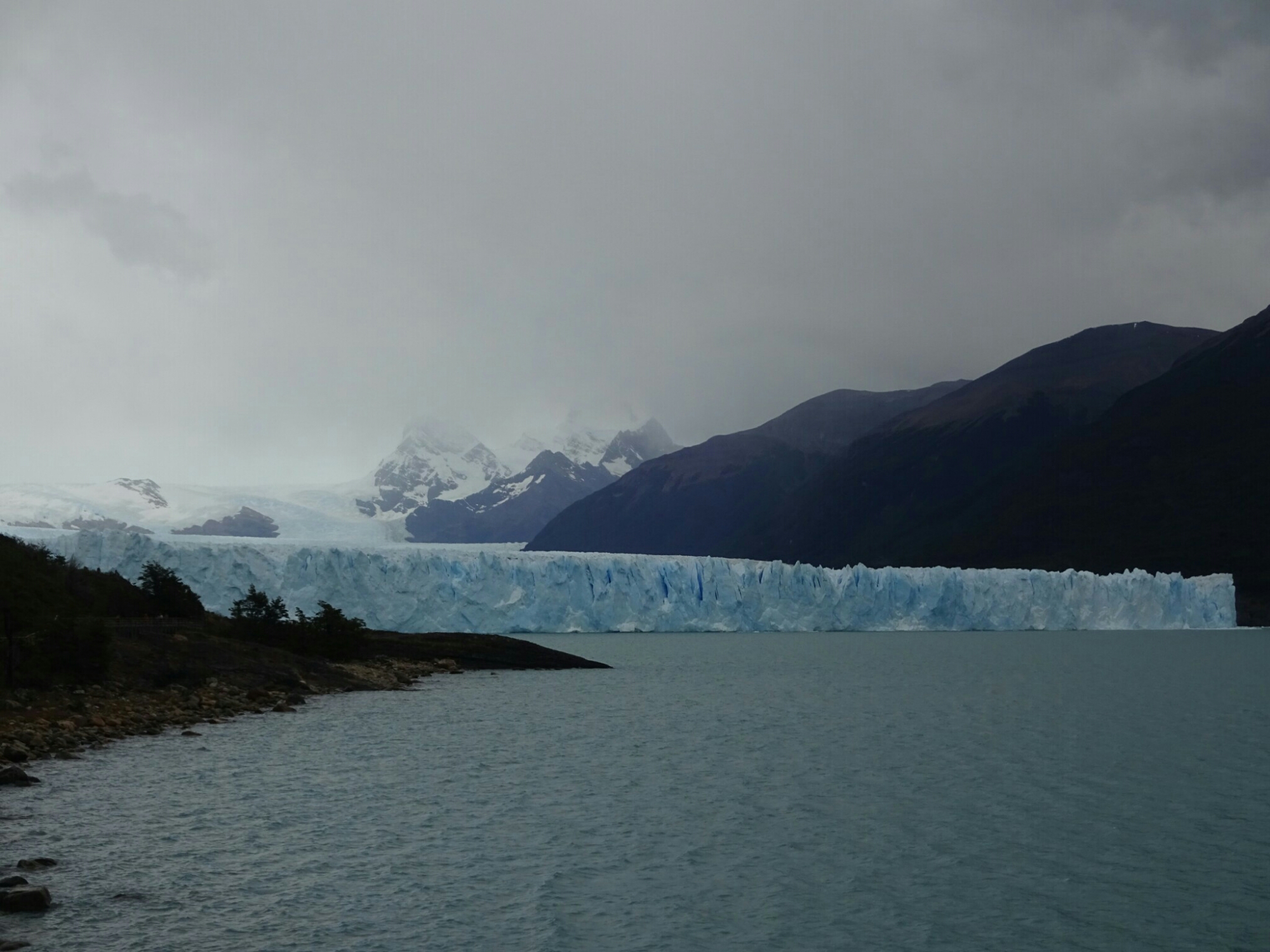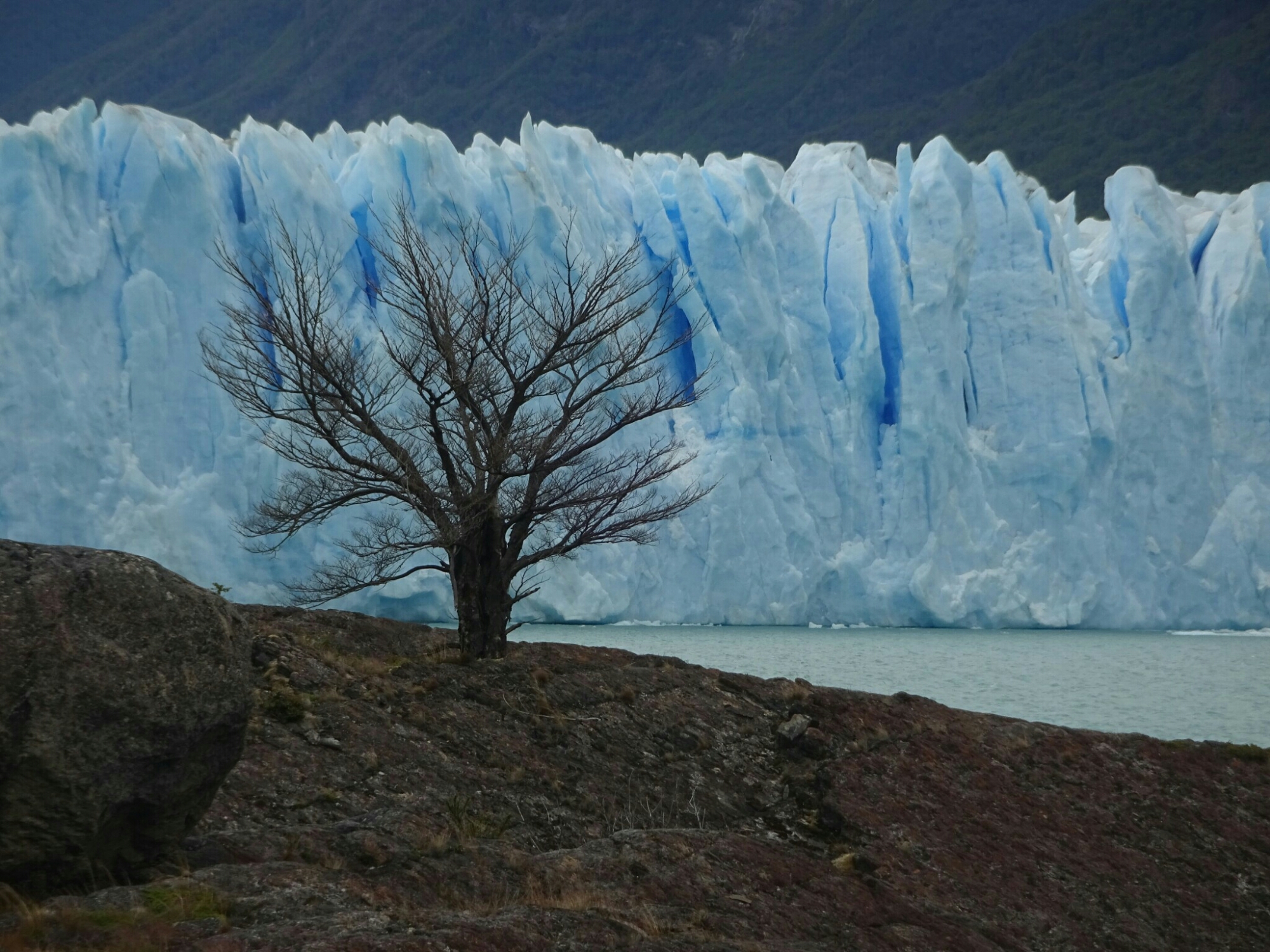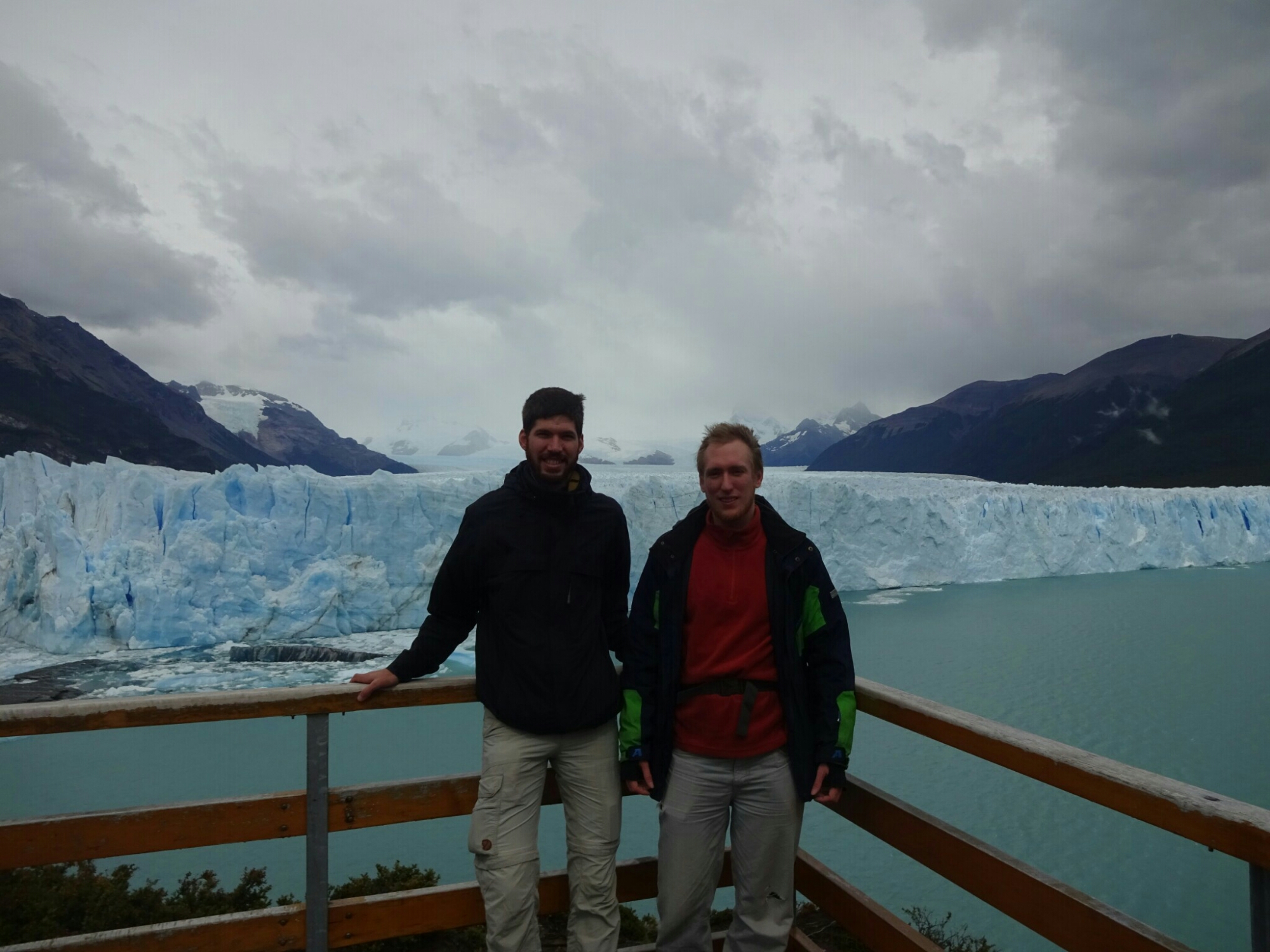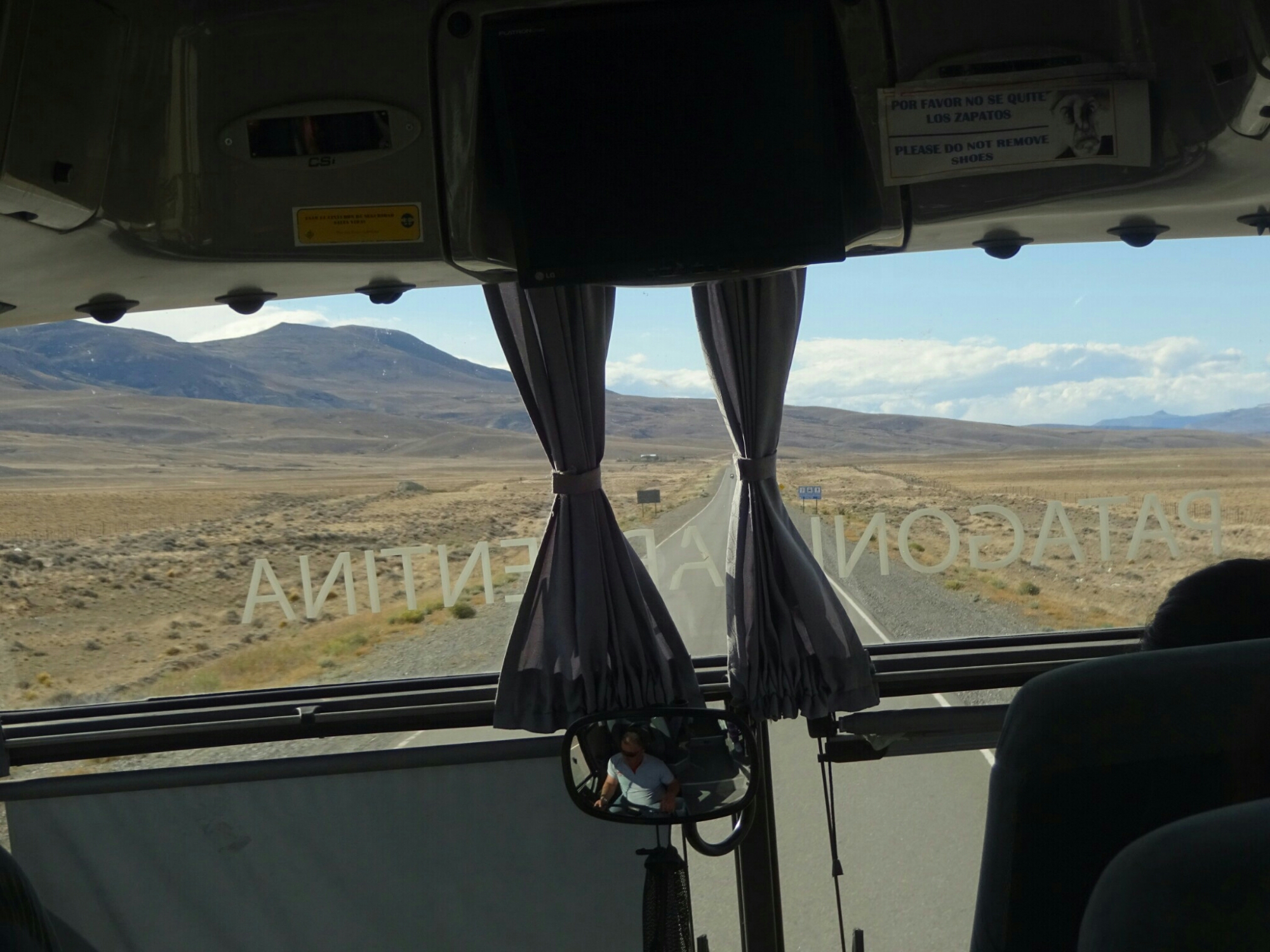After the “Huemul Circuit” we needed one day of recovery, just relaxing at our campground. The weather was also pushing us for a break, as it was really windy and a constant rain started in the afternoon . So instead we wanted to cook a bit more fancy than just pasta and tomato sauce, but even the most simple dish can be quite difficult to make when all the supermarkets are empty. Looking back we were quite happy that we had brought our food for the trail from Chile.

The next day the weather was looking great again and we had all day until 8pm, when our bus was scheduled to leave for Bariloche. By the time we had repacked our backpacks, it was almost noon. However, we still wanted to get a closer look at one of the major attractions of El Chalten – Mount “Fitz Roy”. The hike to the viewpoint at the “Laguna de los Tres” takes usually a full day, but we had only half a day left.

Fortunately most of the trail is relatively flat, so we managed to keep up a fast pace up to the last steep ascend. In contrast to the “Huemul Circuit”, this hike was really crowded, as it is also a very popular hike with all the day-tourists, who come from El Calafate for just one day. Therefore, we didn’t want to stay at the laguna for much longer than a short snack break. The way back was a little faster so that we reached the campground on time to collect our belongings and head to the bus terminal.


For the next 24 hours the bus was our home, taking us more than 1300 kilometers north, back to Bariloche. It was a long way, but Benno’s flight was leaving from Santiago – even further north – and he had only about a week left. To reduce a bit of the hustle, we picked two towns, where we would spent most of the time. One of them was Bariloche, where I showed Benno my favorite spot in the area, “Cerro Campanario”, before discovering something new – “Cerro Catedral” and “Rifugio Frey”.
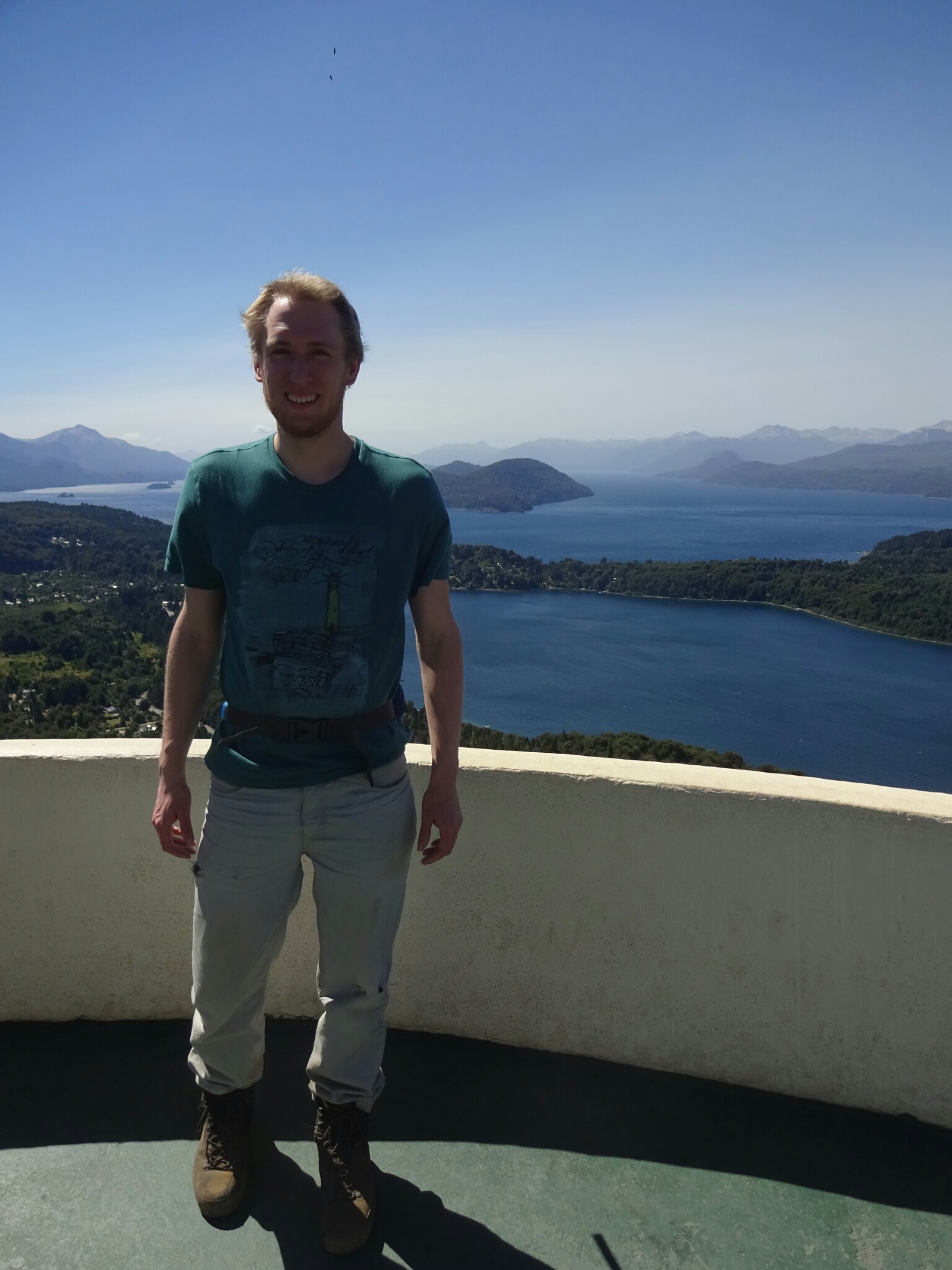
The hike around “Cerro Catedral” was another full day trip. Our travel guide had estimated the time for the whole trip to take around ten hours. As we needed to take a bus to the start of the trail, we were dependent on the bus schedule (once per hour), leaving us only about eleven hours in total. We could have taken two lifts up to save some time and most of the ascend, but it was way too expensive and we preferred to invest our money in a nice steak for dinner, which was about the same price.
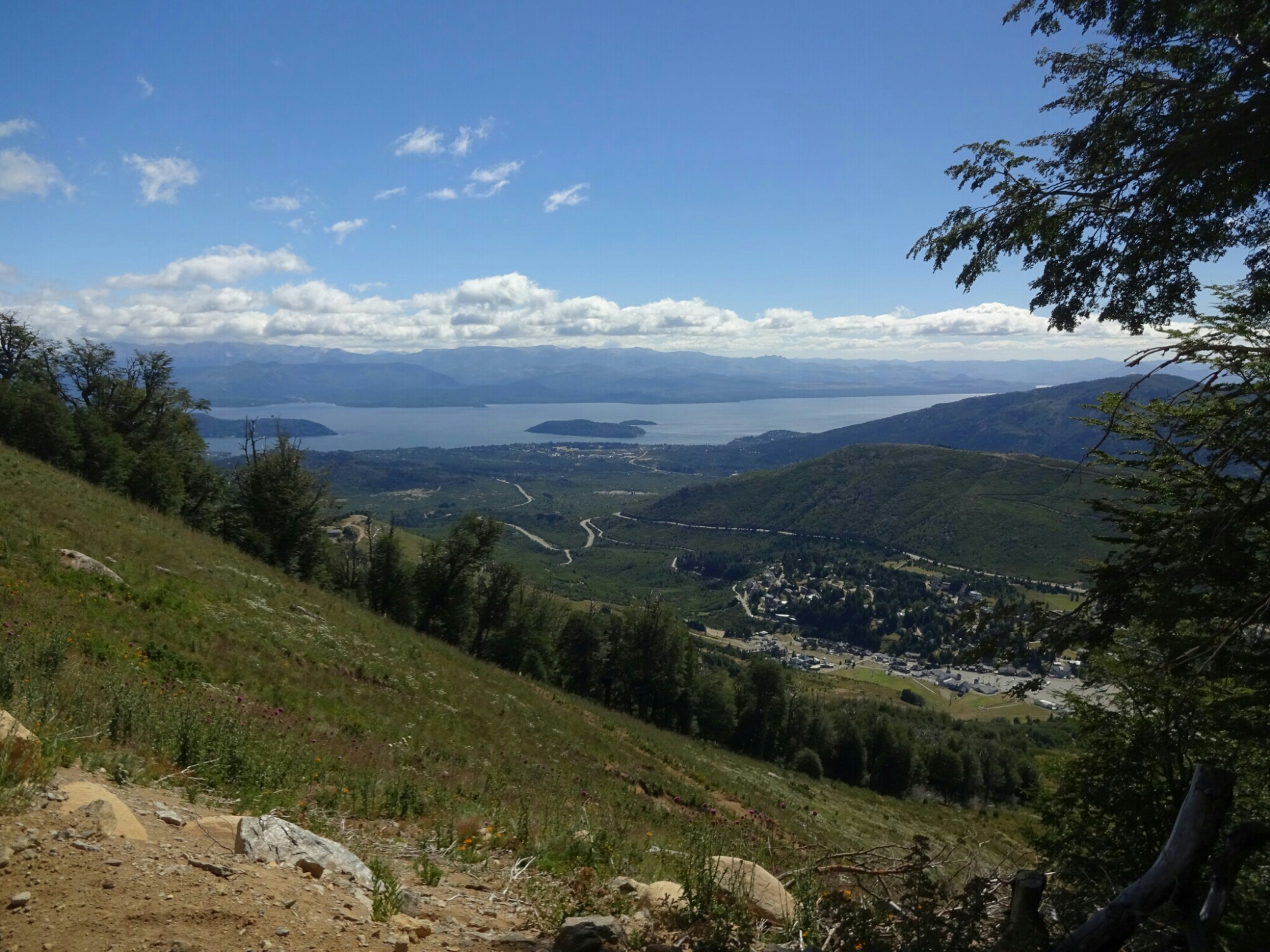
During winter, the slopes of “Cerro Catedral” turn into the most famous ski resort of the area, so the way up was mostly on ski slopes or on gravel roads. However, higher up the trail was closed as they were working on the slopes. This turned out to be even better for us, because we were allowed to use the second lift for free. We also had a clear conscience, as we had intended to walk all the way, but couldn’t due to the trail closure.
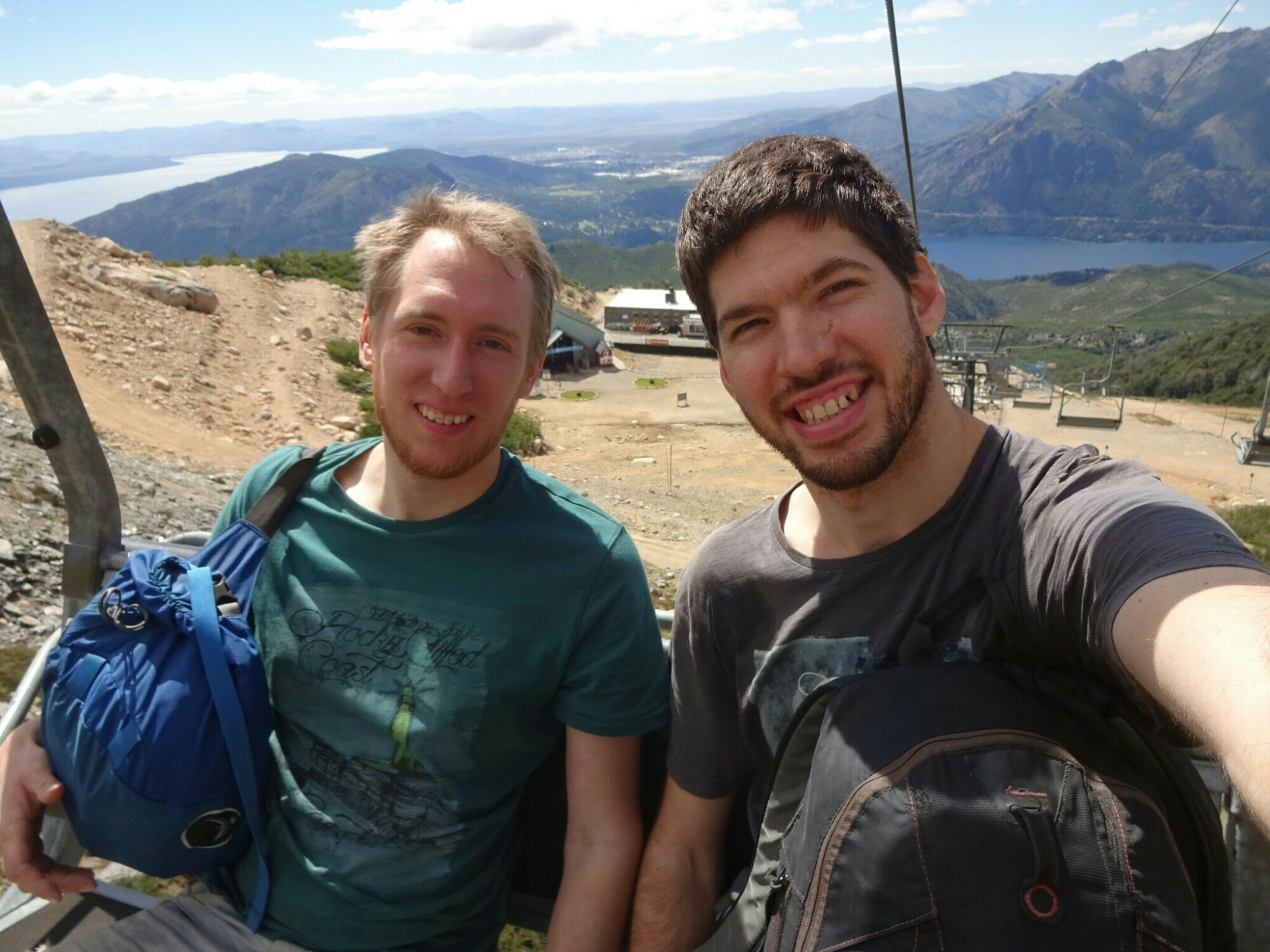

The trail continued from the upper lift station. Shortly after we turned off the main trail, which was full of people who had taken the lift all the way, and like on the first part of the ascend we were the only ones on our trail. This time the landscape was completely different and the whole mountain side was covered in rocks of all sizes, which required a bit of scrambling (easy climbing) as well. It was a lot of fun and we enjoyed it very much, as we felt that we were good on time.


In the early afternoon we reached a broad mountain pass and started our descend into the neighboring valley, which contains two picturesque lagoons and the “Rifugio Frey”. Here, the number of tourists increased quite a lot, because there is an easier way to get to the hut. We chose to do this for the way back, as it is less steep. The trail was really pretty with all the flowers that were growing on the surrounding forest floor. However, the end turned out to be a bit tiring, because the landscape didn’t change as much anymore.



In total it was still a nice hike and we even managed to finish it in only seven hours, including the breaks we took along the way. By the end of the day we got back to Bariloche quite early and still had some time to relax, before heading out for another grand steak at “El Boliche de Alberto”.




